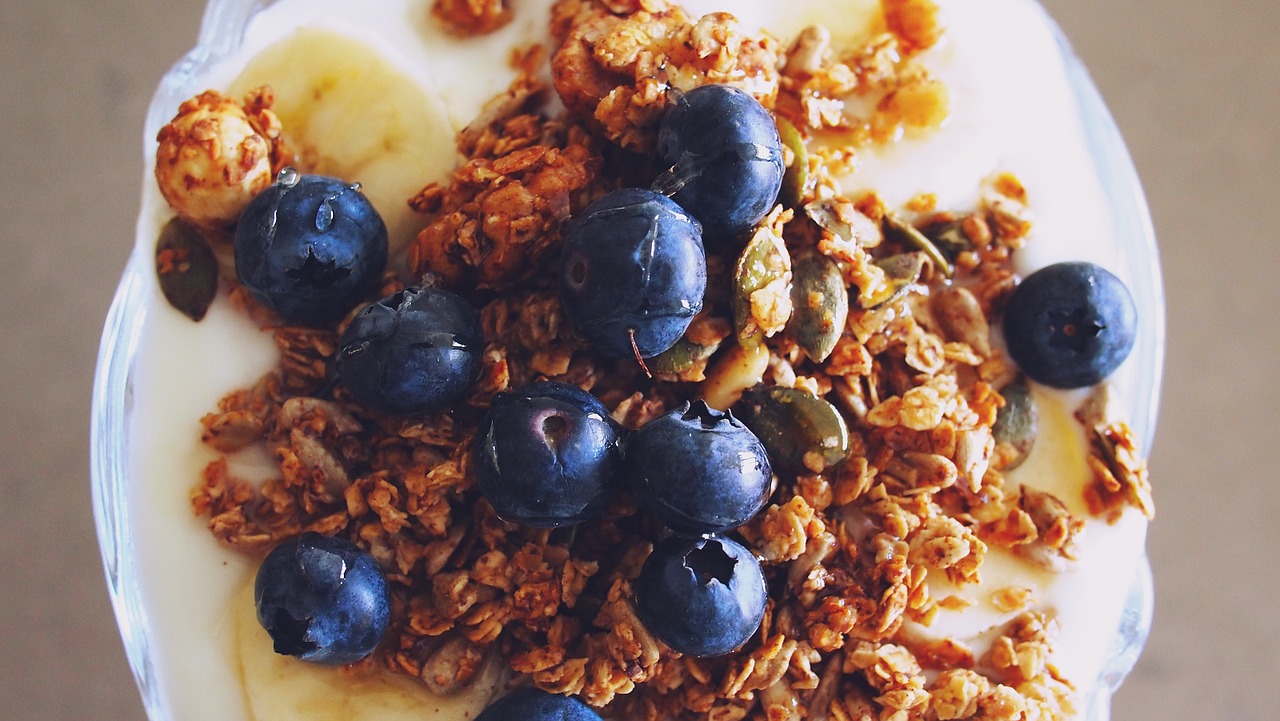
You may have heard the terms probiotics and prebiotics and generally know they are good for you, what exactly do they do, and where are the good sources? Probiotics and prebiotics are important for digestion and preventing chronic diseases such as obesity and heart disease.
What are probiotics and prebiotics?
Probiotics are products that contain bacteria that help promote GI health. In order to be classified as a probiotic, the living bacteria must have health benefits and/or contain more than 108 organisms/gram at the end of manufacturing.
Prebiotics are, simply speaking, the “food” for beneficial bacteria. The use of prebiotics can help to maintain the good bacteria found in the GI tract.
What are the health benefits of probiotics and prebiotics?
Probiotics and prebiotics are most commonly known for their gastrointestinal (GI) and immune health benefits. Additionally, diets rich in probiotics and prebiotics can help reduce risk for certain types of cancers and colorectal diseases.
Probiotics may help:
- Increase the number of helpful bacteria and reduce the number of harmful bacteria in your gut
- Reduce the risk of certain infections, especially in your digestive tract
- Control or reduce the risk of developing certain allergies
- Prevent diarrhea and constipation and help with digestive regularity
- Reduce symptoms of lactose intolerance
Prebiotics may help:
- Improve absorption of minerals
- Reduce the risk of colorectal disease
- Enhance the immune system
- Reduce inflammation
What are sources of probiotics and prebiotics?
Naturally fermented foods contain the highest amounts of live active cultures. These foods include yogurt, buttermilk, kefir, kombucha, kimchi, sauerkraut, miso, microalgae, and tempeh. To be classified as a probiotic, the live cultures must have health benefits. This is an important because many products are labelled as containing “live active cultures” which may be confusing. These products are not a source of probiotics. For those who prefer not to consume probiotics in the form of food, probiotic supplements are a potential option to receive some of the health benefits. However, consuming probiotics from food sources have an added benefit since these foods may also contain fiber and other nutrients your body needs.
Prebiotics (including inulin, polydextrose, fructooligosaccharides (FOS) and galactooligosaccharides (GOS)) are naturally occurring carbs found in foods such as bananas, honey, leeks, onions, and garlic.
How much should I consume?
Currently, there is no daily recommended intake for probiotics or prebiotics. However, the Dietary Guidelines for Americans recommends increasing intake of fat-free or low-fat milk and milk products, such as milk, yogurt, cheese, or fortified soy beverages.
How can I get more probiotics and prebiotics into my diet?
| Breakfast |
|
| Lunch |
|
| Dinner |
|
| Snack |
|
References
[1] 2010 Dietary Guidelines for Americans. 7th edition. http://www.cnpp.usda.gov/Publications/DietaryGuidelines/2010/PolicyDoc/PolicyDoc.pdf
[2] Mayo Clinic. http://www.mayoclinic.com/health/probiotics/AN00389
[3] National Institutes of Health. http://nccam.nih.gov/health/probiotics
